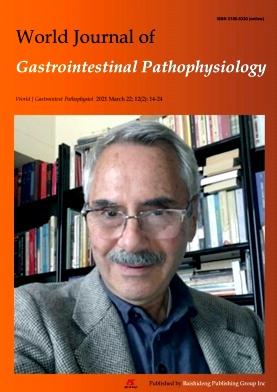Elusive liver factor that causes pancreatic α cell hyperplasia: A review of literature.
引用次数: 6
Abstract
Tumors and cancers of the gastrointestinal tract and pancreas are commonly derived from precursor lesions so that understanding the physiological, cellular, and molecular mechanisms underlying the pathogenesis of precursor lesions is critical for the prevention and treatment of those neoplasms. Pancreatic neuroendocrine tumors (PNETs) can also be derived from precursor lesions. Pancreatic α cell hyperplasia (ACH), a specific and overwhelming increase in the number of α cells, is a precursor lesion leading to PNET pathogenesis. One of the 3 subtypes of ACH, reactive ACH is caused by glucagon signaling disruption and invariably evolves into PNETs. In this article, the existing work on the mechanisms underlying reactive ACH pathogenesis is reviewed. It is clear that the liver secretes a humoral factor regulating α cell numbers but the identity of the liver factor remains elusive. Potential approaches to identify the liver factor are discussed.引起胰腺α细胞增生的难以捉摸的肝因子:文献综述。
胃肠道和胰腺的肿瘤和癌症通常来源于前驱病变,因此了解前驱病变发病机制的生理、细胞和分子机制对于预防和治疗这些肿瘤至关重要。胰腺神经内分泌肿瘤(PNETs)也可起源于前驱病变。胰腺α细胞增生(ACH)是一种特异性的、压倒性的α细胞数量增加,是导致PNET发病的前兆病变。作为ACH的三种亚型之一,反应性ACH是由胰高血糖素信号中断引起的,并总是演变成PNETs。本文就目前有关乙酰胆碱反应性发病机制的研究进展进行综述。很明显,肝脏分泌一种调节α细胞数量的体液因子,但肝脏因子的身份仍然是难以捉摸的。讨论了确定肝因子的潜在方法。
本文章由计算机程序翻译,如有差异,请以英文原文为准。
求助全文
约1分钟内获得全文
求助全文

 求助内容:
求助内容: 应助结果提醒方式:
应助结果提醒方式:


